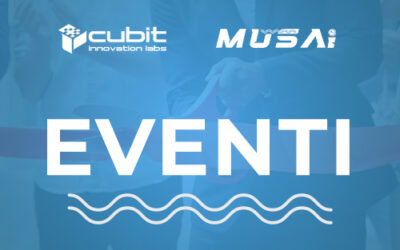MUSAI, a project aimed at developing a modular underwater system powered by Artificial Intelligence (AI) to combat marine pollution, has reached significant milestones in its first six months of activity.
During this initial phase, the project team has made notable progress in three key areas:
- Consolidation of the product architecture
- Neural network training
- Integration of devices to achieve a comprehensive understanding of marine pollution
These three interconnected strands are advancing in parallel with the shared goal of developing the final prototype.
The collaborative work between different units has already led to the creation of a 3D-printed pre-prototype, which has enabled the MUSAI team to begin testing component integration and to develop a benchmark for synergic project implementation across the team’s diverse areas of expertise.
Thanks to the ability to rapidly produce prototypes through 3D printing, Cubit can design and build custom components that meet the project’s specific needs. This innovative approach not only minimizes resource waste but also accelerates development cycles by enabling quick and cost-effective testing. The use of 3D printing also brings a key sustainability advantage, promoting more efficient use of materials and reducing environmental impact.
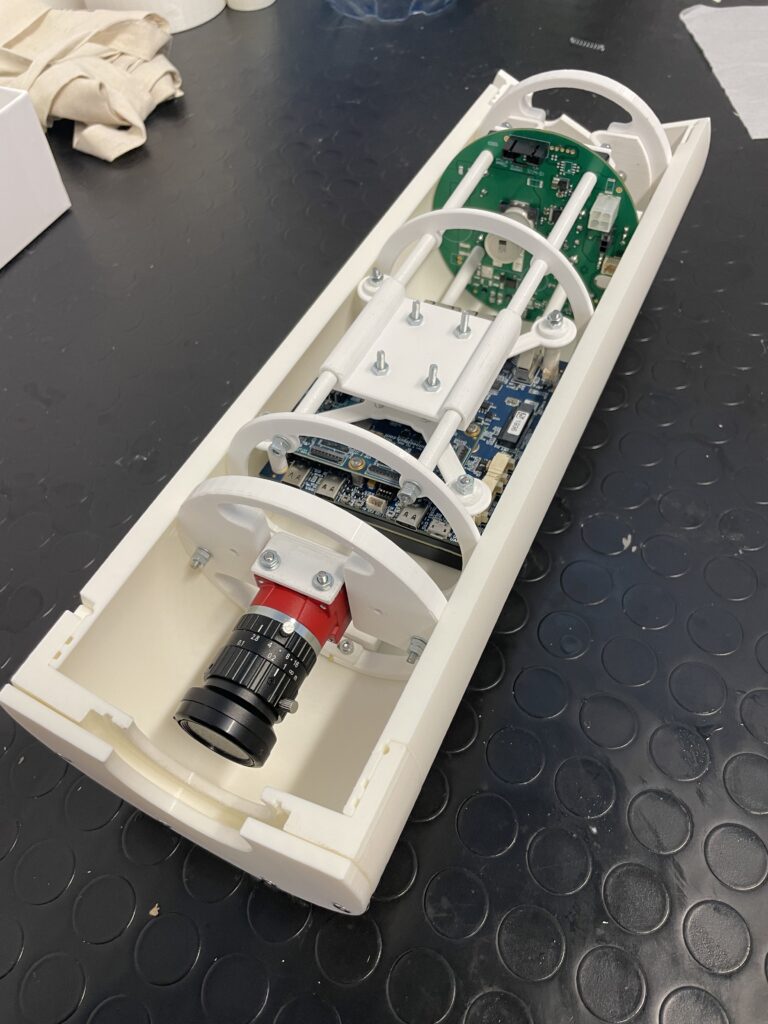
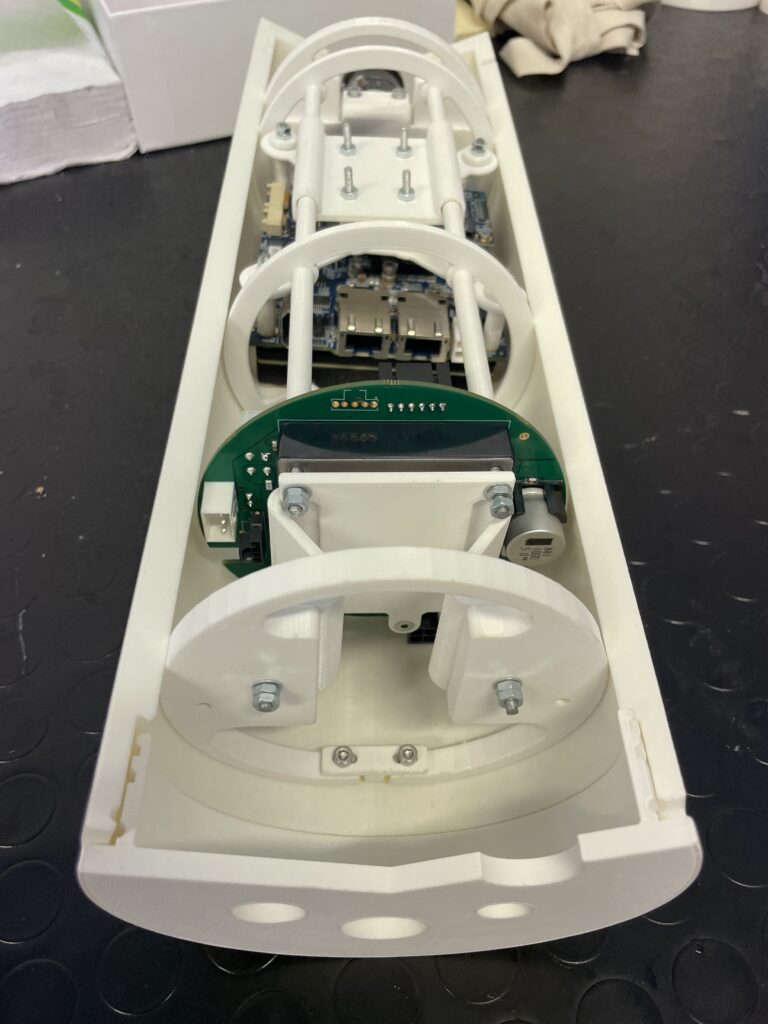
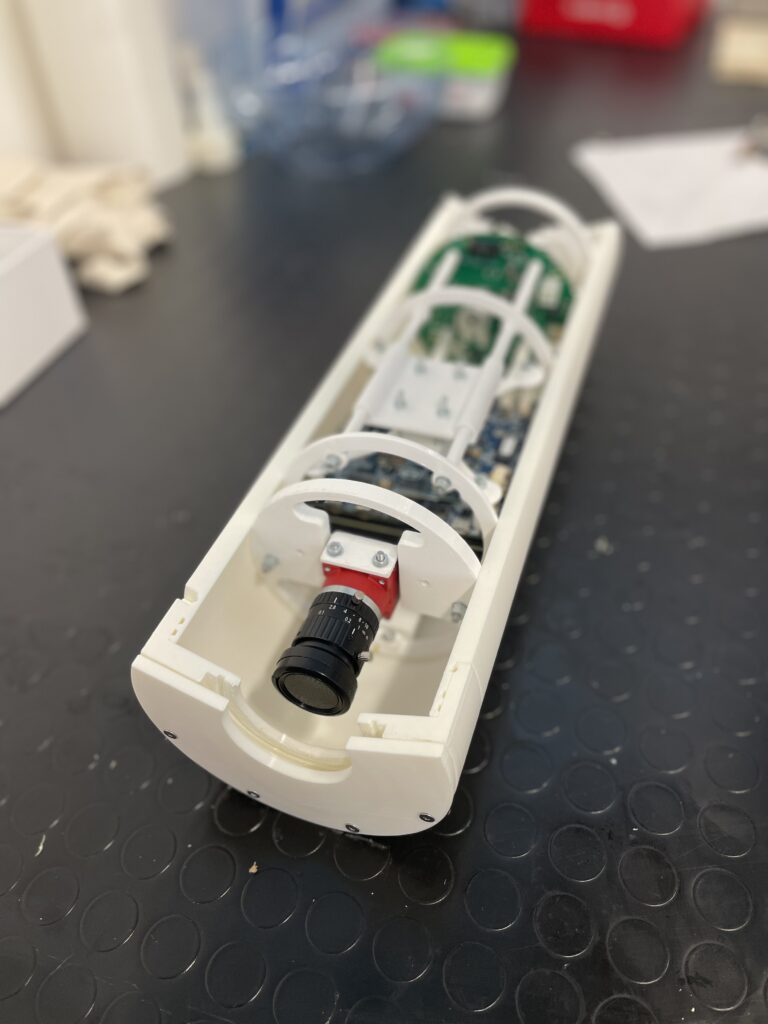
The 3D-printed pre-prototype of the underwater system
What’s next? MUSAI upcoming steps
In the coming months, the team will continue working on integrating electronics within the mechanical structure and further refining the system to reach optimal functionality in preparation for the first functional tests.
At the same time, efforts will be focused on training the neural networks—an essential aspect to ensure the intelligence of the system in detecting and addressing marine pollution. The team will rely on shared scientific datasets relevant to classifying the different types of pollution affecting our seas.
In parallel with these activities, the team will conduct underwater tests to verify the AI module’s performance and software integration, while also identifying the most promising targets. Simultaneously, the mechanical and electronic components will enter production, bringing the project closer to the goal of testing the final module in an operational marine environment.
While many steps still lie ahead, the team remains enthusiastic and committed. Each phase of the project is approached with care and precision, and MUSAI is expected to become a major innovation in the fight against marine pollution. The project’s scientific and technological value is significant, and its practical applications could make a lasting contribution to protecting marine ecosystems—a global priority of growing urgency.
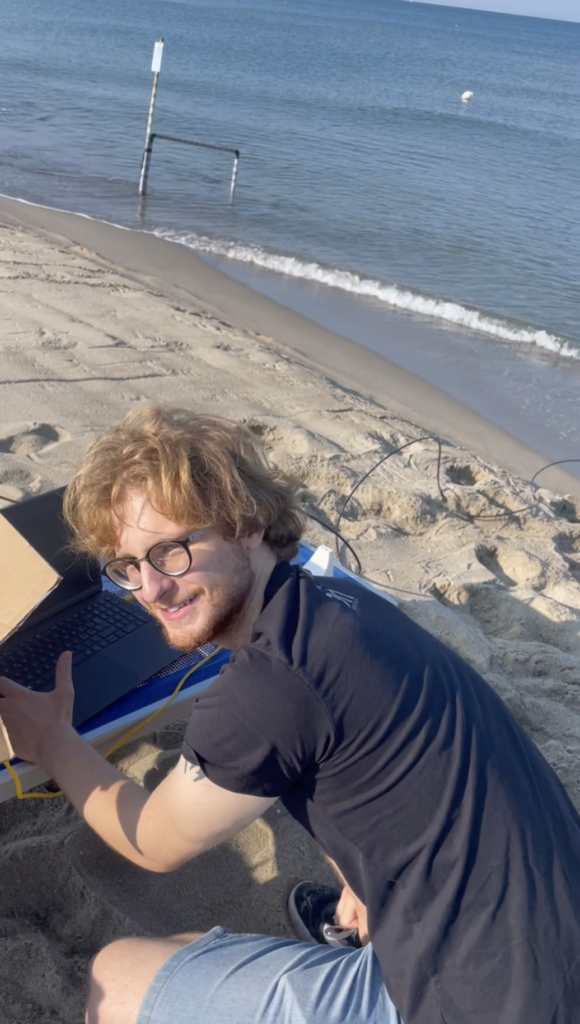
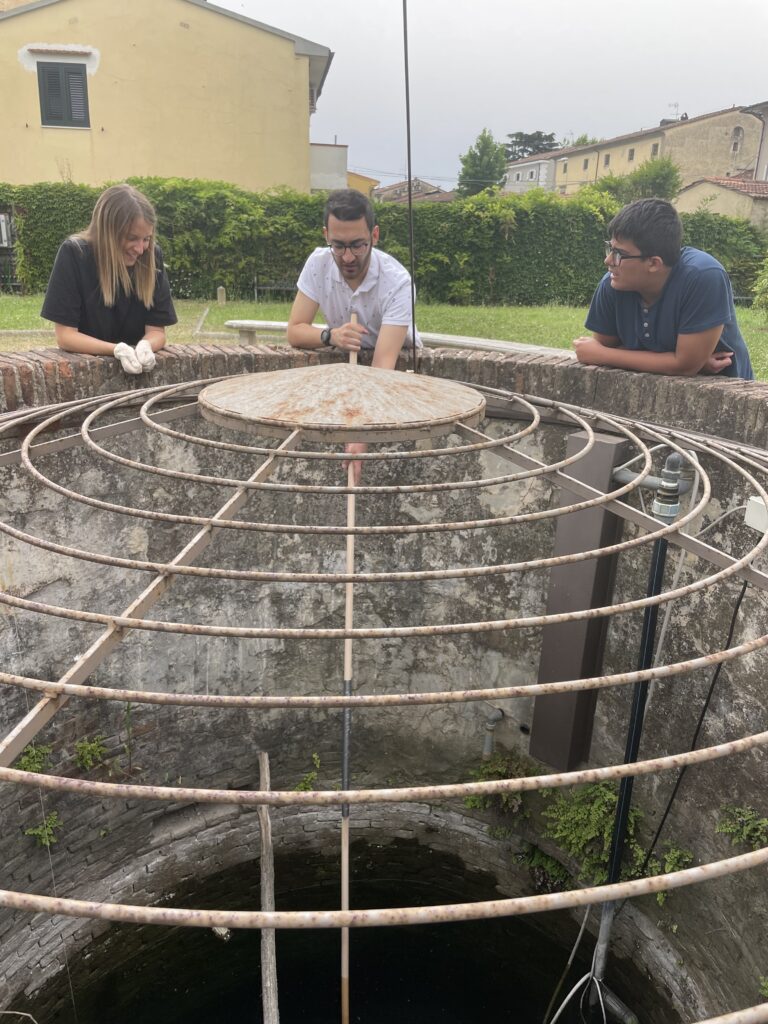

Snapshots from the first underwater trials of the system
With determination and confidence, the MUSAI team continues moving forward—knowing that the final result will not only be a technical achievement, but also a tangible step toward a better future for our planet.
— Lorenzo Monti, CTO of Cubit Innovation Labs and Scientific Coordinator of the MUSAI Project
***
Special thanks to Bagno Hoasy in Tirrenia for kindly providing the space to carry out water testing.


